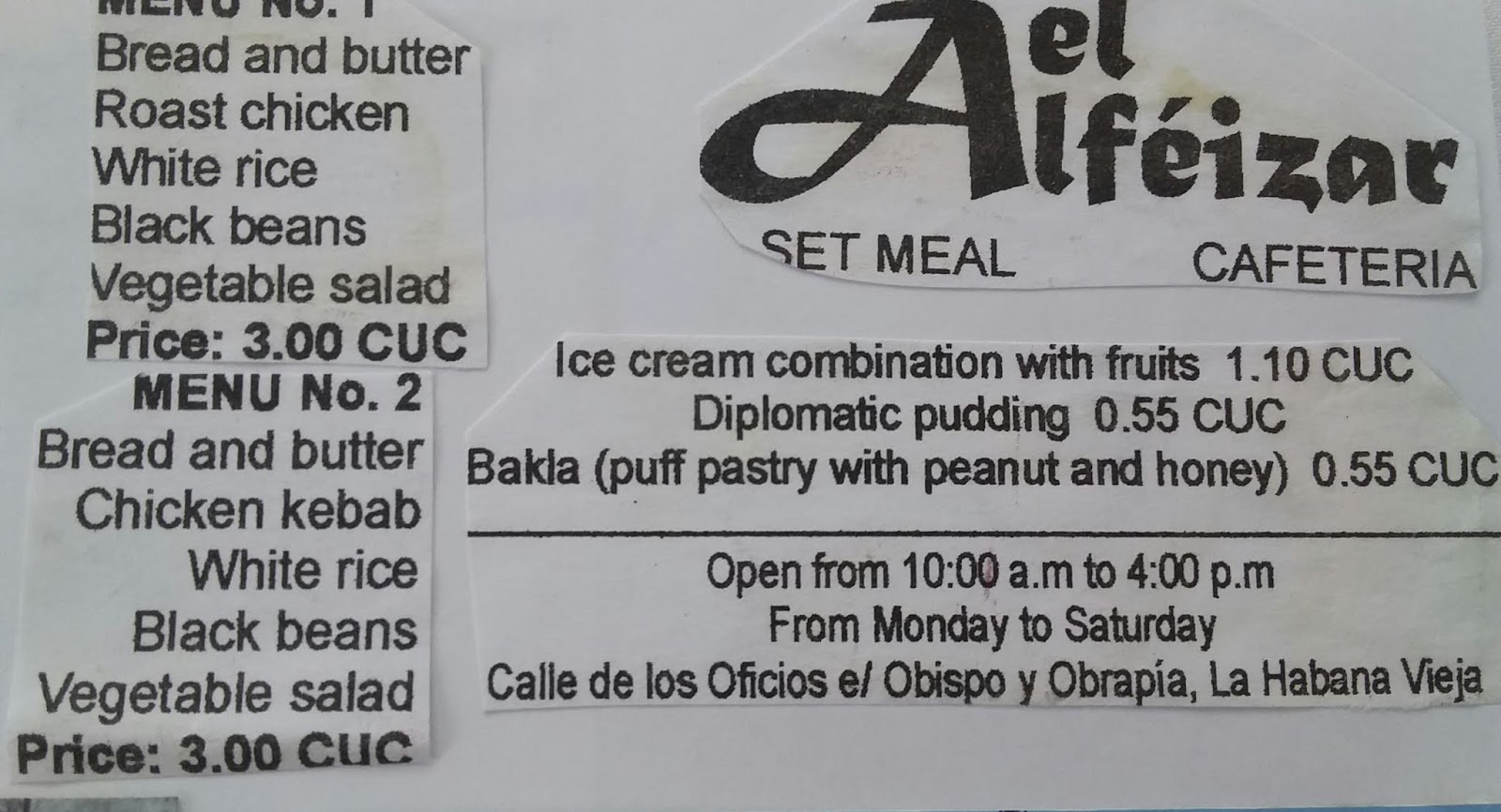
But don’t let an afternoon deluge dampen your plans-pop into one of Plaza Vieja’s many cafés (there’s even a microbrewery) and cool down with a fresh mojito as you soak in the spectacular city.“Havana is an archive of every interesting style of Western architecture, especially those between 18,” says Cuban-American architect Hermes Mallea, the Manhattan-based author of Great Houses of Havana, as we sip bracing café cubanos at Havana’s elegant neoclassical Hotel Saratoga. Some hotels offer fewer facilities during its low season-May, June, and September-and you can expect daily downpours in the summer months. November to March is typically drier, though prices peak during holiday travel. Havana boasts a tropical climate, and like the rest of the Caribbean, has a hurricane risk between June and November.


Many companies also offer organized tours that include lodging, food, transportation, and cultural tours, including National Geographic’s own “Cuba: Discovering Its People and Culture,” which stops in Havana, Cienfuegos, and historic Trinidad. Embassy in Cuba’s website and for the most current travel regulations. citizens planning a trip to Cuba should visit the U.S. citizen might seem complicated, it’s not nearly as impossible as in the past. Visit .cu for the most up-to-date information on Cuban customs regulations. José Martí International Airport is located about 13 miles (22 kilometers) from Old Havana, with airline services to North America, Europe, and other Caribbean islands.įor years, travelers from countries all around the world have flocked to Cuba for its cultural heritage, pristine beaches, and notorious nightlife. Tucked around the corner is the Taller Experimental de Gráfica, an experimental art studio where you can watch artists at work. The 18th-century Catedral de San Cristóbal de la Habana is a must-see on the plaza by the same name. Highlights include a visit to the Castillo de la Real Fuerza, one of the oldest existing forts in the Americas. Some 900 historic buildings surround its five main plazas-Plaza de Armas, Plaza Vieja, Plaza de San Francisco, Plaza del Cristo, and Plaza de la Catedral-and the city’s baroque, neoclassical, and art deco architecture honors its Caribbean, Spanish, French, and British roots.īuilding ordinances in the 19th and 20th centuries have preserved the integrity of the architectural hub: Wrought-iron gates, internal courtyards, and balconies adorn the cobblestone plazas. Old Havana’s original urban layout is still intact. Like many going-on-fifteen-year-olds, she chose to wear trendy American clothes over a formal dress for her birthday shoot.

Helena Chavero Torres fixes her hair for her quinceañera photo shoot at Almendares Park in Havana.


 0 kommentar(er)
0 kommentar(er)
